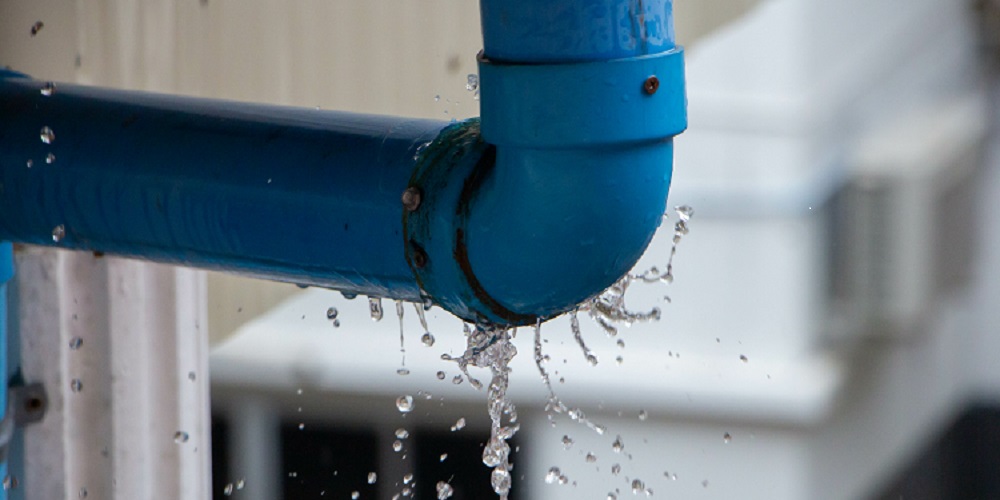Discovering Concealed Water Line Leaks: 6 Proven Strategies
Discovering Concealed Water Line Leaks: 6 Proven Strategies
Blog Article
Listed here below you might get additional helpful expertise when it comes to Hacks to detect leaks.

Early discovery of dripping water lines can mitigate a possible disaster. Some small water leakages might not be noticeable.
1. Analyze the Water Meter
Examining it is a proven means that assists you discover leakages. If it relocates, that indicates a fast-moving leak. This means you may have a slow-moving leak that might even be below ground.
2. Examine Water Intake
Evaluate your water bills and track your water usage. As the one paying it, you ought to discover if there are any kind of disparities. If you detect sudden changes, regardless of your consumption being the same, it indicates that you have leaks in your plumbing system. Keep in mind, your water costs need to fall under the very same variety monthly. A sudden spike in your costs suggests a fast-moving leak.
Meanwhile, a steady rise monthly, even with the exact same practices, reveals you have a sluggish leakage that's likewise slowly rising. Call a plumber to thoroughly examine your residential property, especially if you really feel a warm area on your flooring with piping beneath.
3. Do a Food Coloring Examination
When it comes to water usage, 30% comes from commodes. If the color in some way infiltrates your bowl throughout that time without flushing, there's a leak between the tank and also bowl.
4. Asses Outside Lines
Don't neglect to inspect your outdoor water lines as well. Test faucets by connecting a garden pipe. Ought to water permeate out of the connection, you have a loosened rubber gasket. Replace this and also guarantee all links are limited. It will certainly help get it properly analyzed as well as kept every year if you've got a sprinkler system. One little leak can lose lots of water and surge your water costs.
5. Assess the scenario as well as check
House owners ought to make it a practice to check under the sink counters and also inside cupboards for any type of bad odor or mold growth. These 2 warnings suggest a leak so prompt focus is called for. Doing regular assessments, even bi-annually, can save you from a significant issue.
Examine for discolorations and damaging as many pipes and also home appliances have a life expectancy. If you presume leaking water lines in your plumbing system, do not wait for it to intensify.
Early discovery of dripping water lines can reduce a possible catastrophe. Some tiny water leakages may not be noticeable. Checking it is a proven way that aids you find leakages. One small leakage can squander tons of water as well as spike your water expense.
If you suspect dripping water lines in your plumbing system, don't wait for it to rise.
WARNING SIGNS OF WATER LEAKAGE BEHIND THE WALL
PERSISTENT MUSTY ODORS
As water slowly drips from a leaky pipe inside the wall, flooring and sheetrock stay damp and develop an odor similar to wet cardboard. It generates a musty smell that can help you find hidden leaks.
MOLD IN UNUSUAL AREAS
Mold usually grows in wet areas like kitchens, baths and laundry rooms. If you spot the stuff on walls or baseboards in other rooms of the house, it’s a good indicator of undetected water leaks.
STAINS THAT GROW
When mold thrives around a leaky pipe, it sometimes takes hold on the inside surface of the affected wall. A growing stain on otherwise clean sheetrock is often your sign of a hidden plumbing problem.
PEELING OR BUBBLING WALLPAPER / PAINT
This clue is easy to miss in rooms that don’t get much use. When you see wallpaper separating along seams or paint bubbling or flaking off the wall, blame sheetrock that stays wet because of an undetected leak.
BUCKLED CEILINGS AND STAINED FLOORS
If ceilings or floors in bathrooms, kitchens or laundry areas develop structural problems, don’t rule out constant damp inside the walls. Wet sheetrock can affect adjacent framing, flooring and ceilings.
https://www.servicemasterbyzaba.com/blog/how-to-detect-water-leakage-in-walls/

We had been introduced to that article on Finding hidden leaks from a good friend on our other domain. Kindly set aside a second to promote this blog post if you enjoyed it. Thanks so much for taking the time to read it.
Immediate help? Contact. Report this page